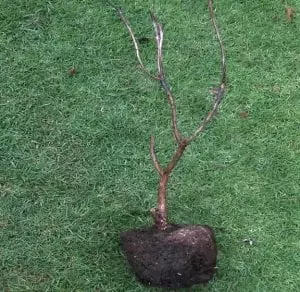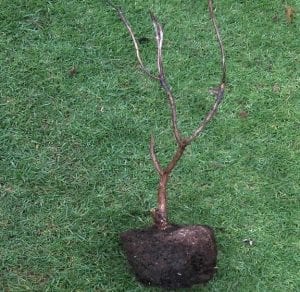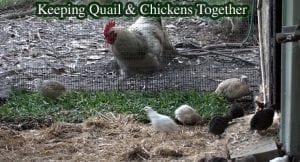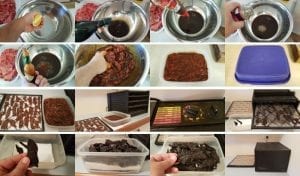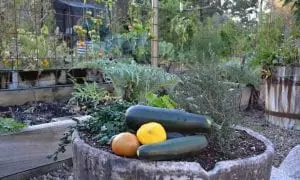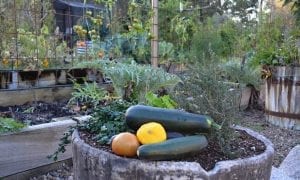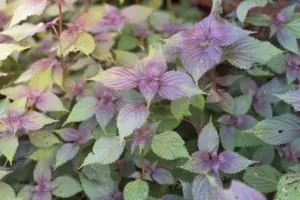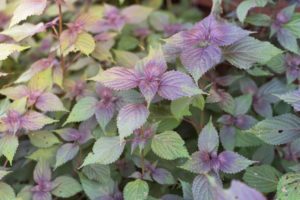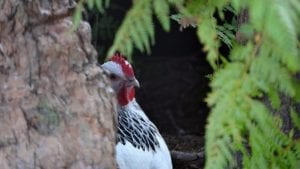Ok so you’re new to gardening. Or maybe new to raised beds. We all know that veggies need soil to grow in, but where do you get the soil from? Which soil do you use? How deep does the soil need to be? What else do they need? Do I need to add fertiliser? If so, what type? This, our quick guide to how to fill a garden bed, answers all these questions and more.
Raised Beds
These days, most people are using raised beds of some type to grow veggies in. Raised beds have lots of advantages over growing in-ground; improved drainage, less bending over, less large pest damage, they give a tidy look to the garden plus they are easy to net. There are various types, brands, and heights of raised beds to choose from, so pick whichever suits your taste and budget.
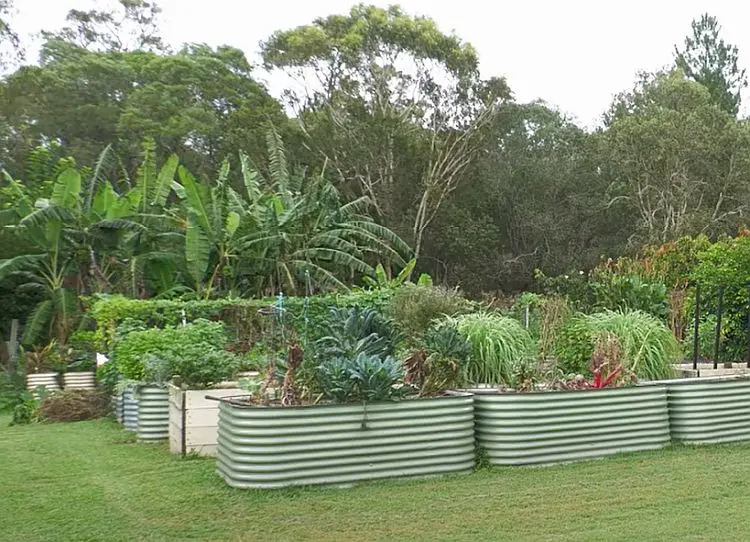
Self Sufficient Me uses and recommends the high-raised steel beds shown above from Birdies garden products. They are a quality product that last a long time, and make gardening easy. But there are lots of other options, and heights, to choose from- you don’t have to have them all the same. Whether you choose IBCs, plastic drums, low-raised beds from supermarkets or garden centres, 44 gallon drums or make some garden beds yourself, they all need filling with growing medium.
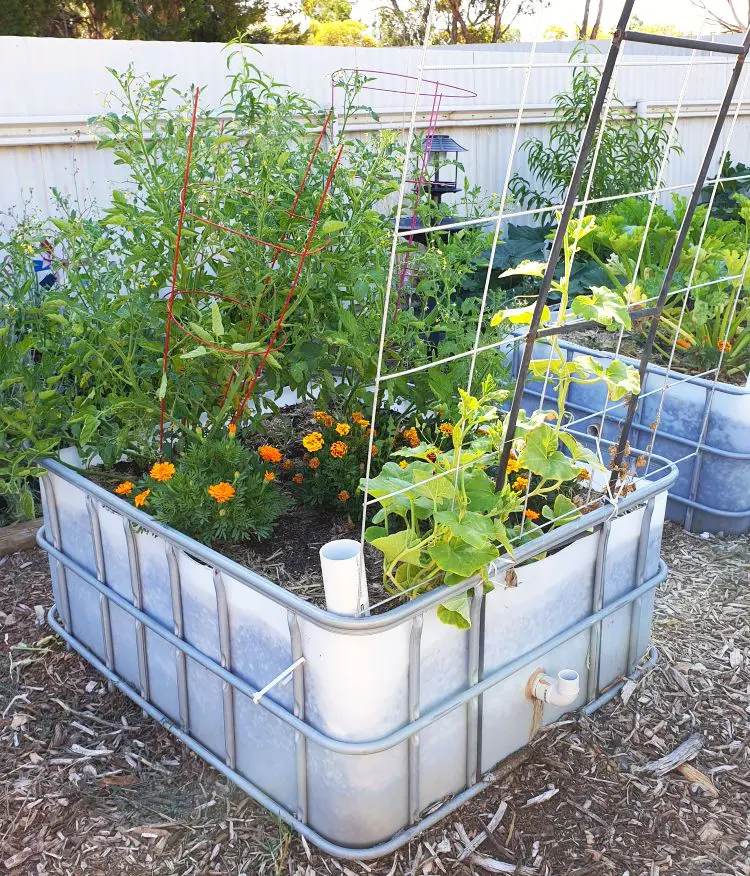
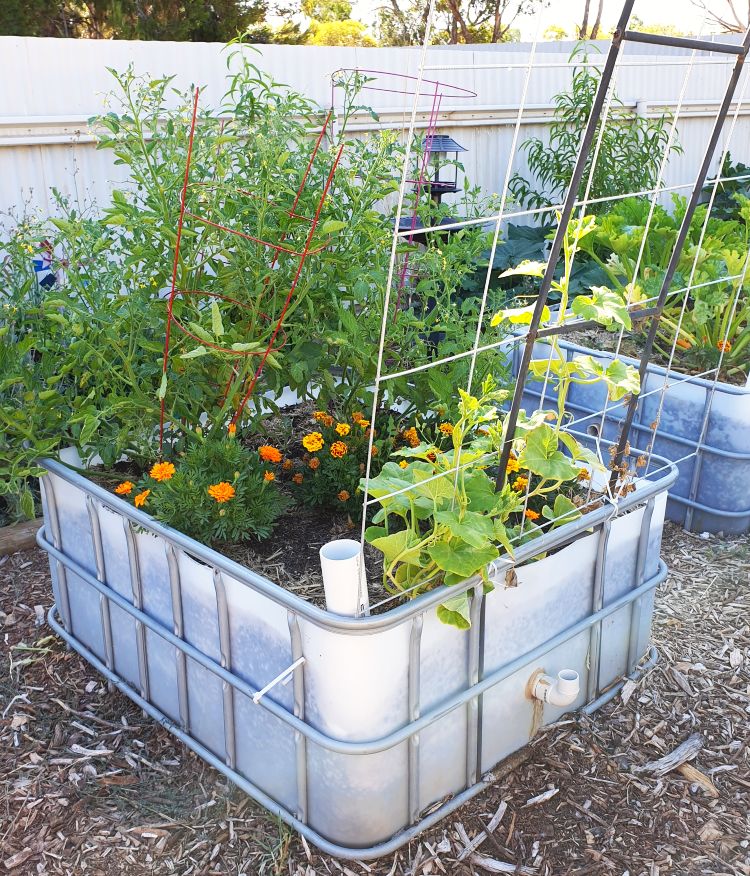

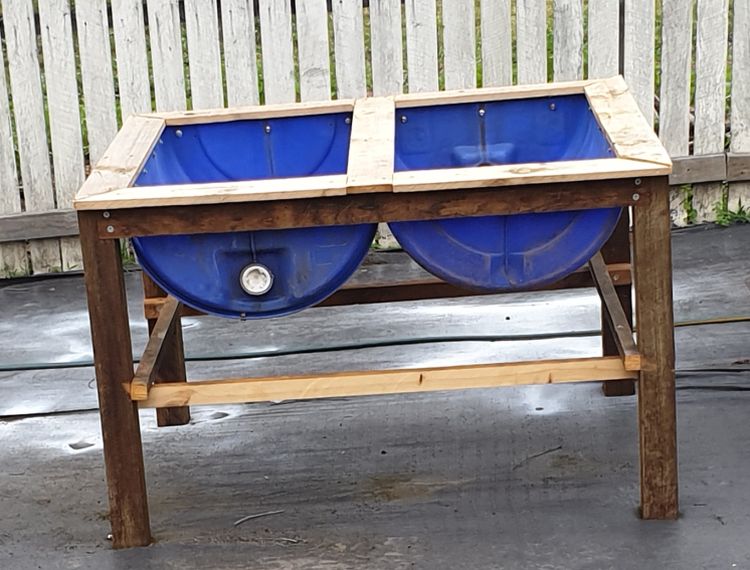
Most vegetables only need a soil depth of 15-20cm in which to grow- yet you need to fill up the rest of the bed, so you might as well make that fill benefit your plants. This is where the hugelkultur method comes in.
Filling Your Garden Beds
Hugelkultur (a German word meaning mound culture or hill culture) is a horticultural technique where decaying wood debris and other organic compostable plant material is planted in the bottom of a raised bed. Not only does this use up your garden waste, but it’s cheaper, it helps maintain soil temperature, & it improves soil fertility & water retention.

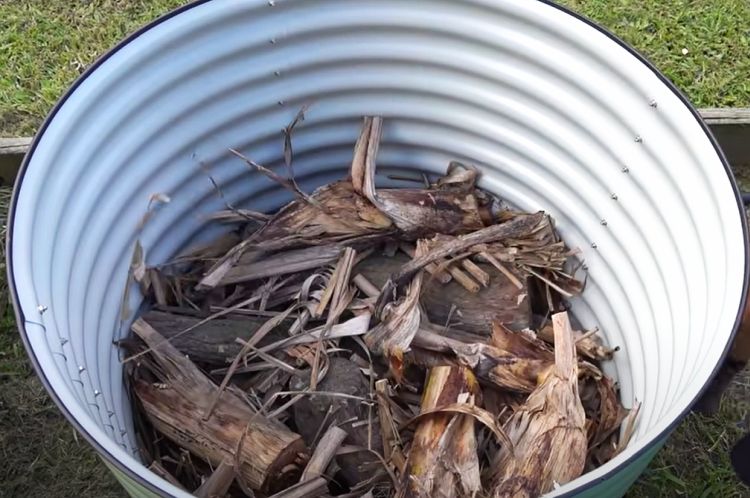
In the base of your beds, you bury all sorts of organic material, then add the soil on top. Depending on the depth of your beds, you can fill them with large logs, branches, weeds, lawn clippings, dead leaves, dead plants, mulch, wood chips, tree prunings and the like. Any combination of these is fine- just use what you have lying around & is most convenient for you. Remember that fresh materials will sink a LOT, so aged fill is better if you can manage it.

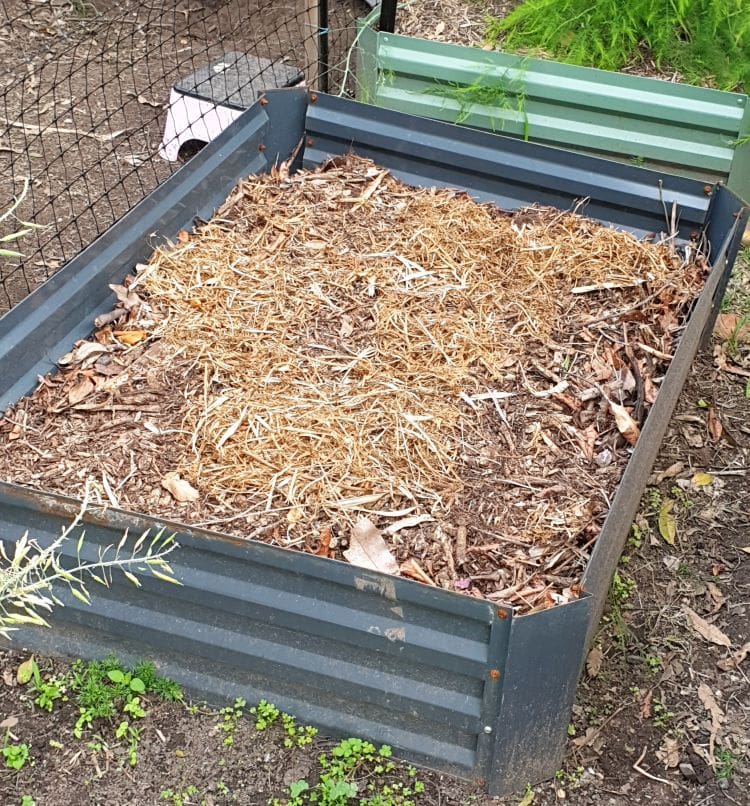

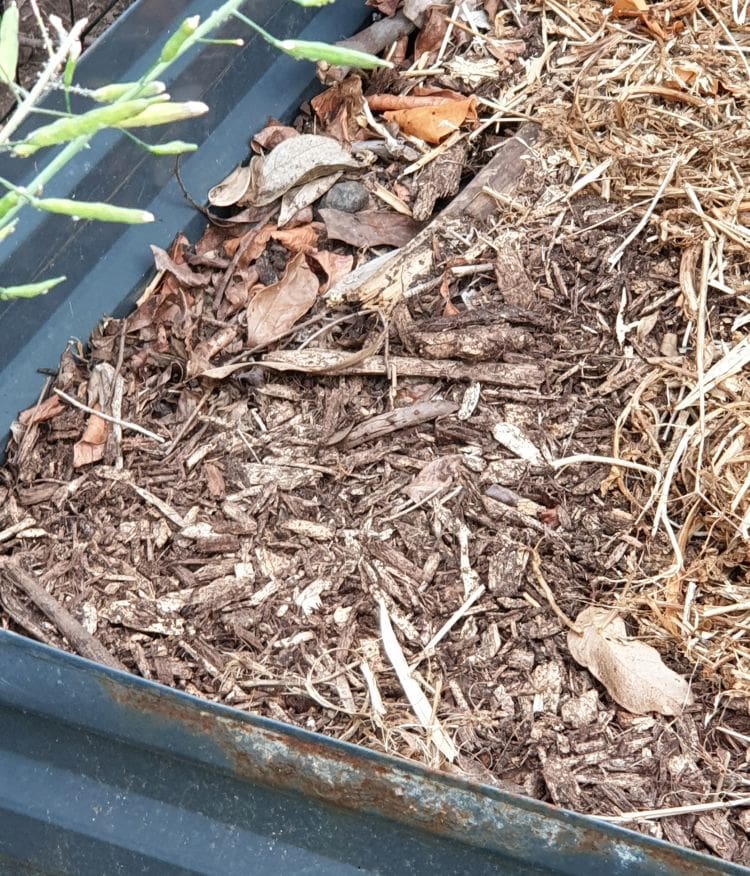
The garden bed above is now ready for soil. In the close up (R), you can see I’ve filled the base with branches, wood chip, dead leaves and chipped dead pea vines. I put the largest branch pieces in first, then the dead leaves, then filled the gaps with aged wood chip. I then stomped it all down as much as possible. While fresh materials sink the most, any fill you use will subside to some extent, so it’s a good idea to press everything down in the process of filling a bed.

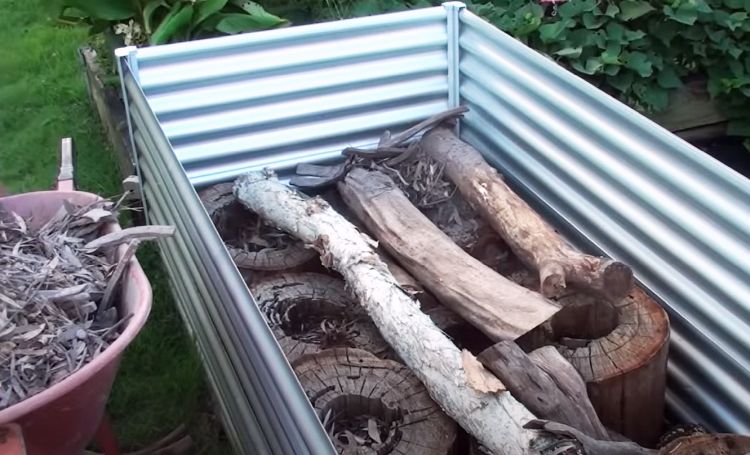
Soil
Great soil is made, not purchased. Even the reputed ‘best’ soils from nurseries, landscape suppliers and hardware stores won’t be as good as the soil you can create yourself over time. In order to create a healthy, living soil which is full of nutrition for your veggies, you’re best to buy a soil you can afford and improve on it. Adding organic matter to the soil is all-important, because it increases nutrition, builds up humus, and helps the soil retain the right amount of moisture. It will take 3-5 years to build up a really excellent soil. This doesn’t mean that you won’t get good veggies in the short term, more that your results will improve with time and effort.
There is a confusing array of soils on the market these days, and it can be hard to know what to buy. Clearly price, convenience & location are driving factors for us all, but if you have the money, get a premium vegetable garden soil to give yourself a good start. South-east QLD locals, for example, can purchase candy soils, whose quality has been proven. Buying soil in bulk from landscape suppliers will always be cheaper than buying soil in bags.
Beware of soil ‘cowboys’. There are backyard operators who mix bad soil with fresh chicken manure and sell it as a premium product. This can result in burnt plants, poor growth, and weed &/or nutgrass infestation. These inferior products need lots of time & effort to rebuild, and are more trouble than their cheap price is worth.

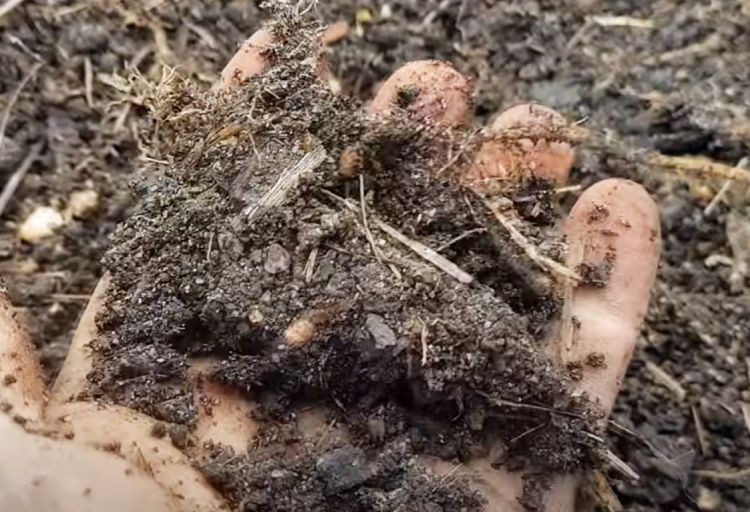
One of the most common and natural ways to improve soil is by adding animal manures. Bags of horse and cow manure are pretty easy to find at farm gates and are inexpensive. These are both excellent manures to use in the garden, as they condition the soil plus add vital nutrients. Fresh manures are best used once they have been left covered in a cool position for several weeks or months to break down. You can bury fresh manure in the garden, but you won’t be able to grow anything in that spot for a couple of months (if you try, plant roots will burn and the plants will die).
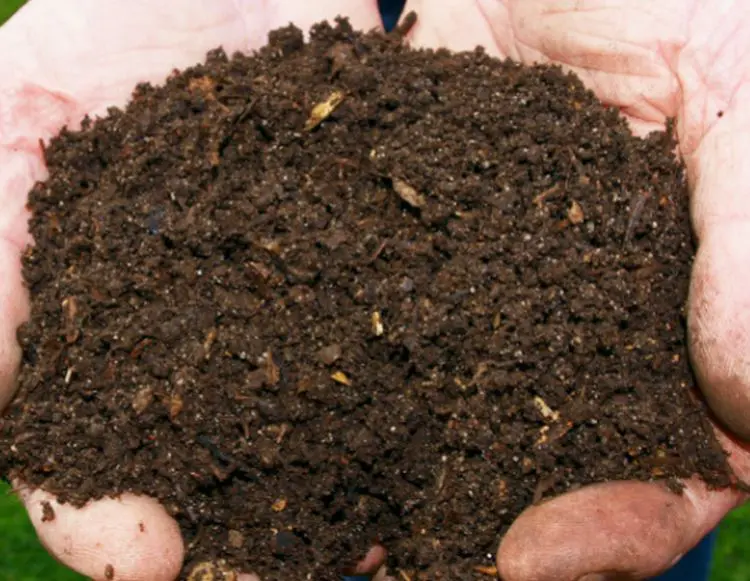
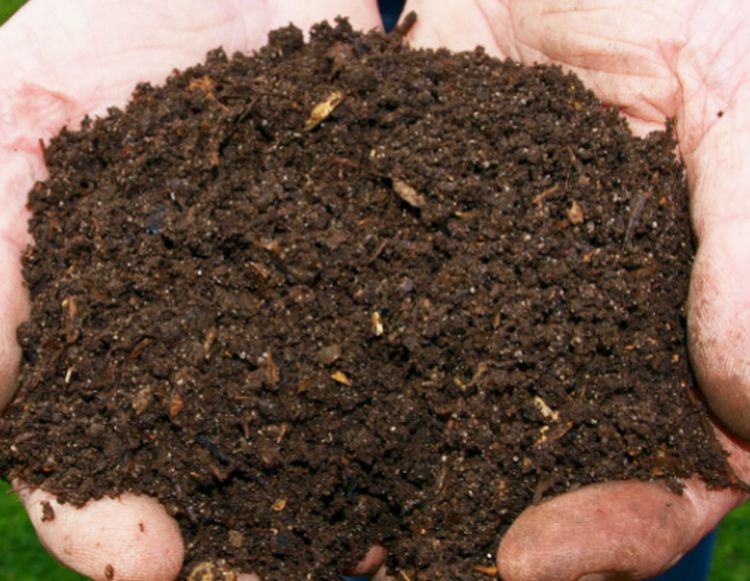
Compost is probably the best thing you can use to improve your soil. Compost is the result of decomposed food scraps, leaves and other organic matter, and makes an excellent nutrient-rich organic material that enriches the soil and feeds your veggies. Worm castings are similarly beneficial, and can be mixed through just like compost. Both compost and worm castings help retain moisture, suppress plant diseases and pests, and reduce the need for chemical fertilisers. They also encourage the production of beneficial bacteria and fungi that break down organic matter. This in turn creates humus, a rich nutrient-filled material which nourishes your veggies.
What If?
What if you don’t have compost, worm castings, or manure? What if you’re in a hurry and want to get growing yesterday?

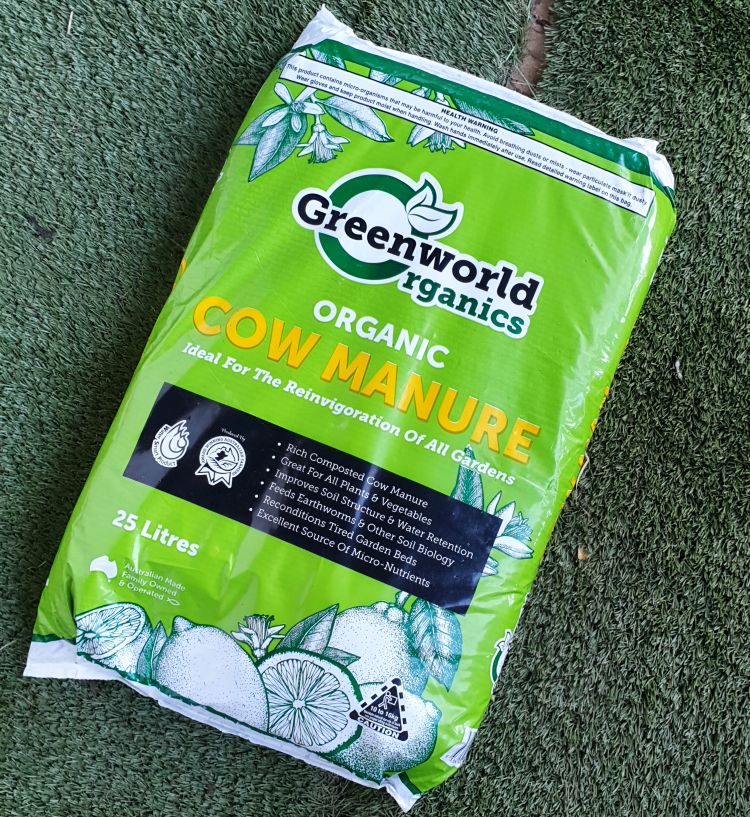
Buy some garden soil in bulk and add some commercial or bagged products to it. All gardening retail outlets sell manures, compost and fertilisers off-the-shelf which you can add to your soil. These products are perfectly fine to use and will give your soil a boost. You can add a few bags of commercial compost or soil-enriching manure plus a few handfuls of blood & bone (bonemeal) & some all-purpose pelleted or granular fertiliser to begin with.

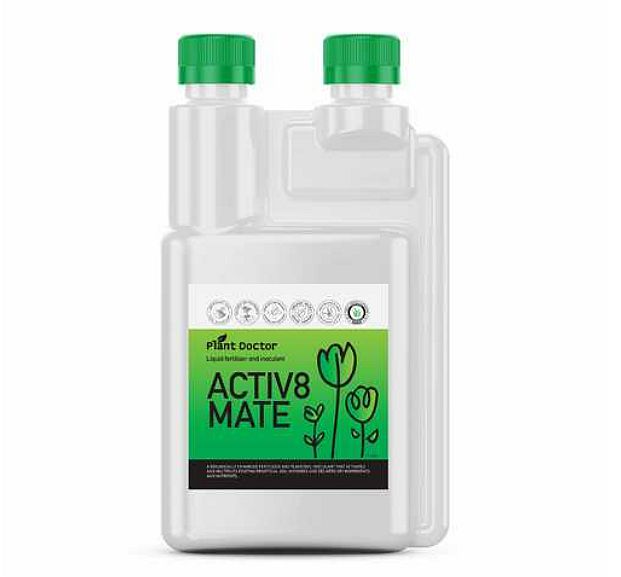
You can use liquid fertilisers like those from Plant Doctor during the growing season too. Following the directions on the pack, mix a bit in a full watering can and water it in- they really help to keep plants growing well while you’re building great soil & working on your own compost or worm farm.

